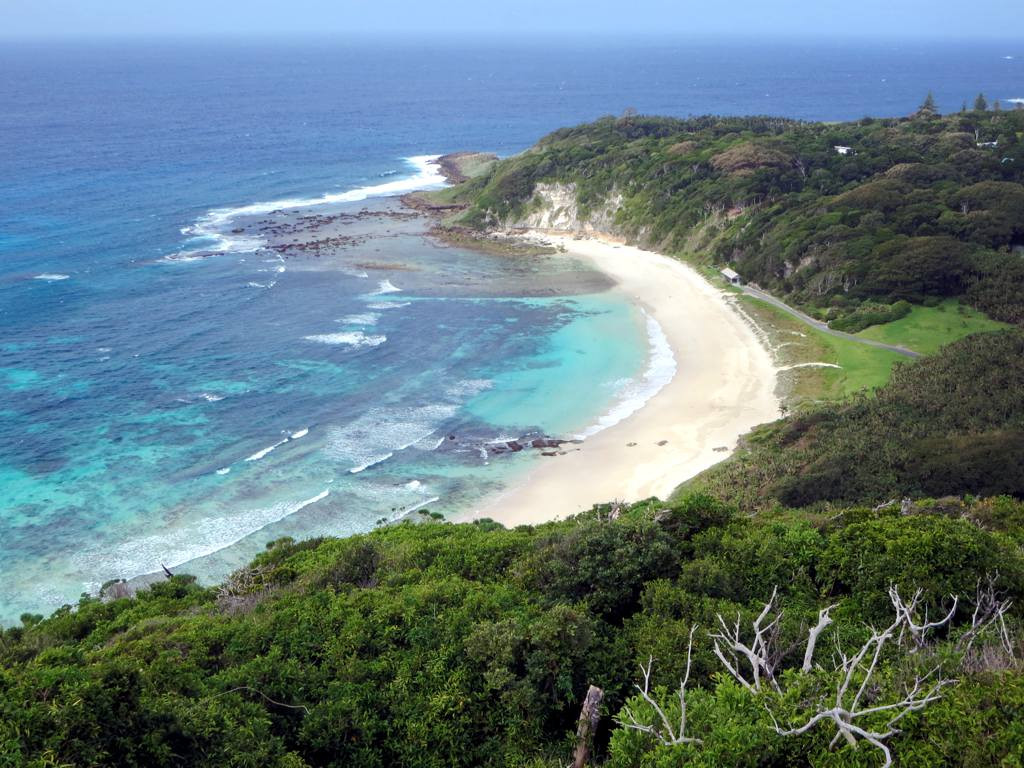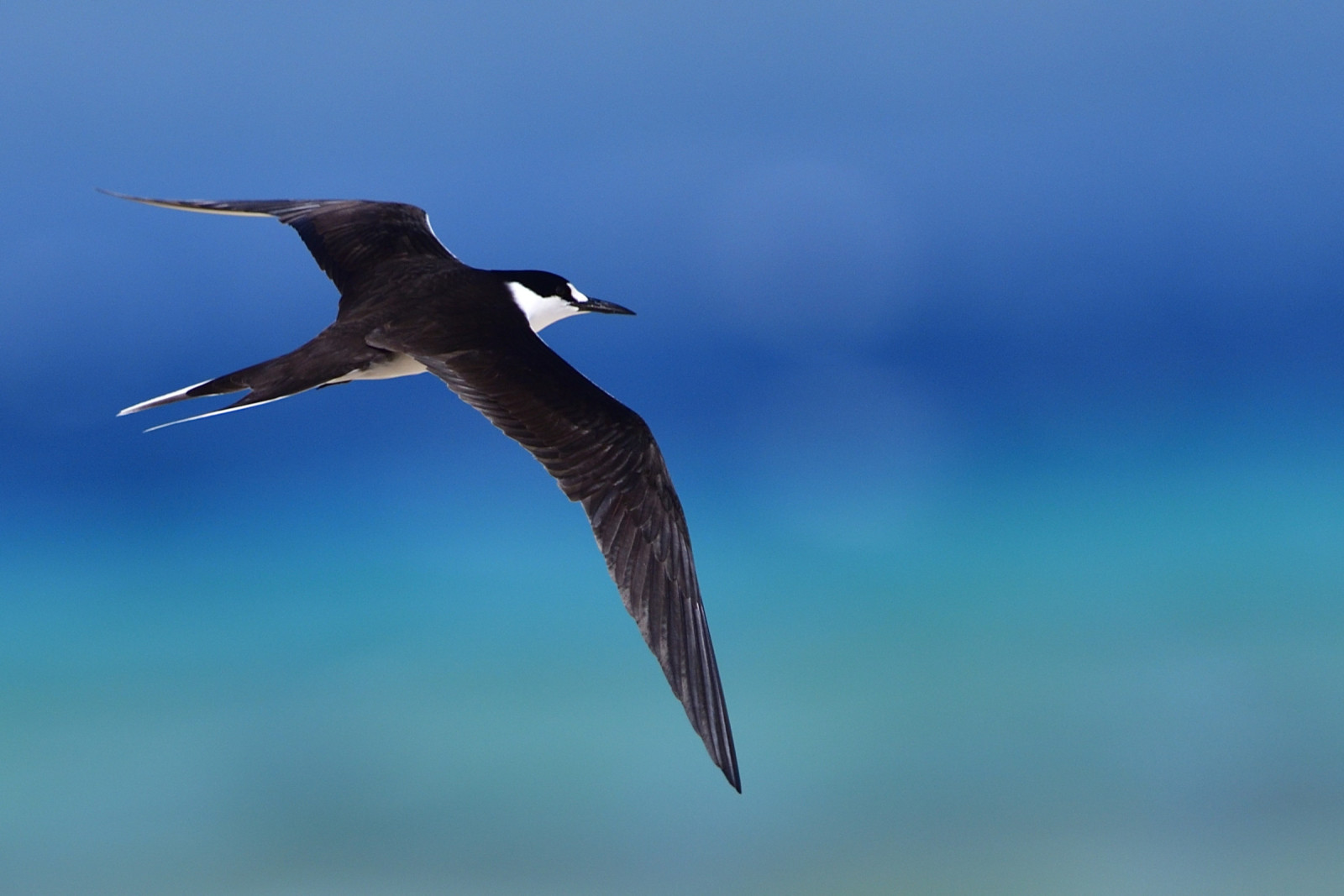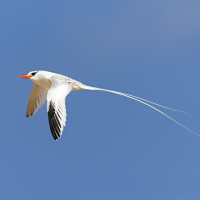Descrição
Lord Howe Island is a great birdwatching destination, with 14 species of seabirds breeding here in the hundreds of thousands. Ned's Beach is close enough to the island’s main centres of population, yet remains quiet and uncrowded. The calm, clear waters attract plenty of fish and birds.
Between November to June, you can watch Red-billed Tropicbird. During the months of September through to May, countless Shearwaters (known locally as Muttonbirds) return to the island at dusk each day, an extraordinary spectacle. Between March and November the Providence Petrel - one of the world’s rarest birds - returns to the island to nest. If you are very lucky you might spot one. On Lord Howe Islands, about 100,000 Sooty Tern come to reproduce. They can easily be seen up close at Ned’s Beach from September to January. Other birds that can be seen around the beach and above sea are Lord Howe Woodhen, Sacred Kingfisher, Masked Booby, Common Noddy, Black Noddy, Flesh-footed Shearwater, Black-winged Petrel and White Tern.
Detalhes
Acesso
Lord Howe Island lies approximately 700 km northeast of Sydney. Apart from sailing your own yacht, the only feasible way to reach Lord Howe is by air. Flight time is under two hours, with flights departing daily from Sydney. Ned's Beach is located on the northeast side of Lord Howe Island. Getting around on Lord Howe Island is easy. Everything is within walking distance and bike hire is available through Thompson’s General Store. A car is generally not necessary for visitors, with small bus tours available to book.
Ned's Beach is the most popular swimming and snorkeling beach on Lord Howe Island. It has a healthy coral reef, so after birding, you can go swimming or snorkelling. You can hire wetsuits and gear from a little stall.



